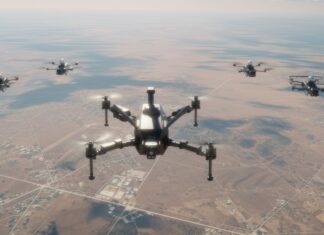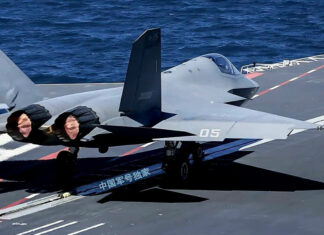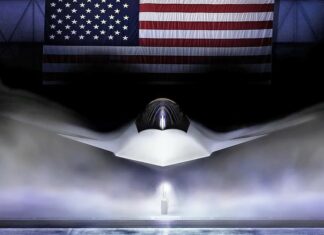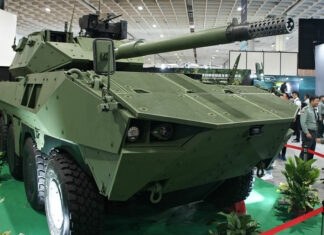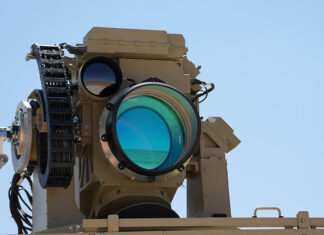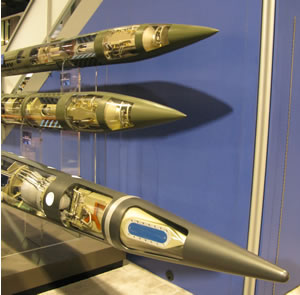
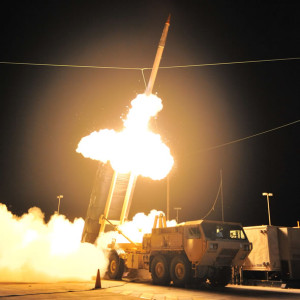
THAAD interceptors are produced at Lockheed Martin’s Pike County facility in Troy, Ala. The launchers and fire control units are produced at the company’s Camden, Ark., facility.
A key element of the nation’s Ballistic Missile Defense System (BMDS), THAAD is a Missile Defense Agency program, with the program office located in Huntsville, Ala. The agency is developing the BMDS to defend the United States, its deployed forces, friends and allies against ballistic missiles of all ranges and in all phases of flight.
Since 2005, the THAAD development program has completed 13 flight tests, with 11 successful intercepts in 11 attempts. THAAD is the only missile defense system with the operational flexibility to intercept in both the endo- and exo-atmospheres to provide versatile capability to the warfighter.
Earlier this month the MDA conducted a joint intercept testing the integration of the THAAD Weapon System and the Aegis Ballistic Missile Defense System (BMDS). Operating in Forward Based Mode (FBM), the Army-Navy/Transportable Radar Surveillance and Control (AN/TPY-2) radar detected the target and relayed track information to the Command Control Battle Management and Communications (C2BMC) system to cue the missile interceptors. Those interceptors were SM-3 Block1A missiles, fired from the Aegis BMD destroyer USS Decatur which detected and tracked the missile with its onboard AN/SPY-1 radar.
The FBM radar acquired the target and sent tracking information to the C2BMC system. The THAAD system, using a second AN/TPY-2 radar, tracked the target. THAAD developed a fire control solution, launched a THAAD interceptor missile and successfully intercepted the medium-range ballistic missile. THAAD was operated by soldiers from the Alpha Battery, 2nd Air Defense Artillery Regiment.The test designated Flight Test Operational-01 took place on September 11, 2013 at the at U.S. Army Kwajalein Atoll/Reagan Test Site and surrounding areas in the western Pacific. This test demonstrated how multiple missile defense assets can be integrated into layered regional missile defense capability. The two systems collaborated to successfully intercept two medium-range ballistic missile targets in an operationally realistic environment simulating a raid attack by two near-simultaneous medium-range ballistic missile.




